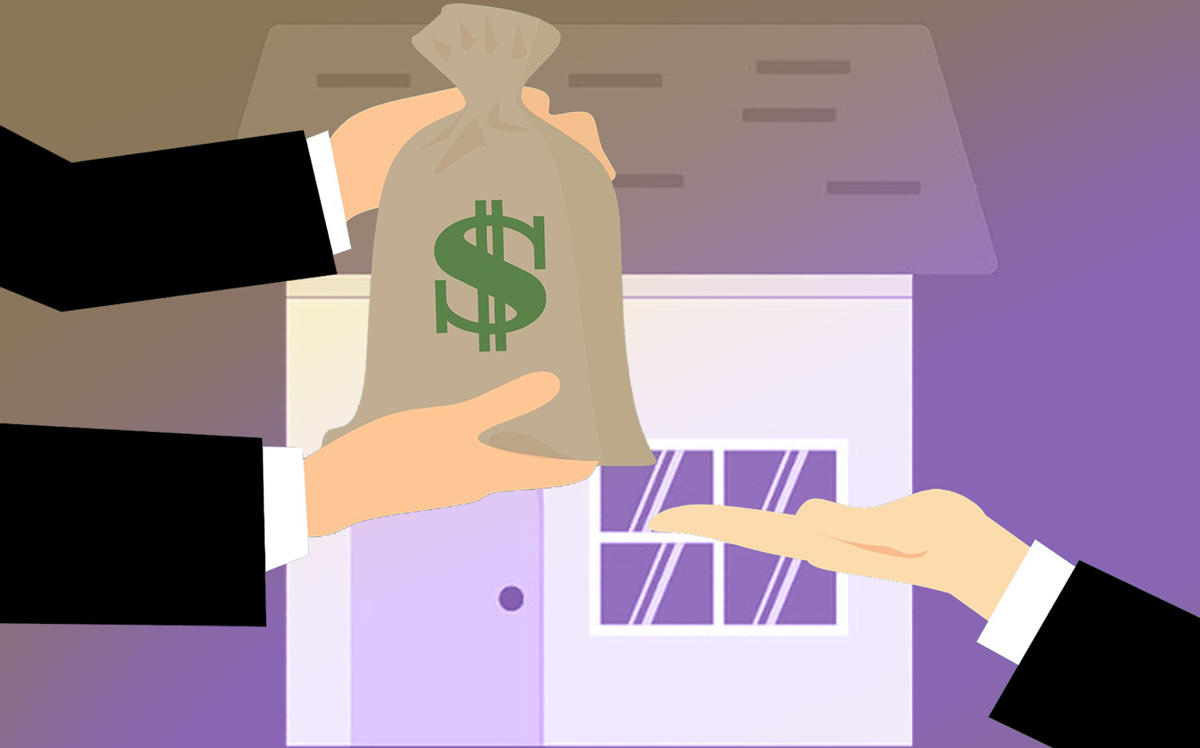Trending
Slippery slope? Unconventional home mortgages are on the rise
Industry execs say they are far safer than pre-crisis loans

Unconventional mortgages — the likes of which were criticized for their role in the financial crisis — are making a comeback.
These loans are aimed at buyers facing circumstances such as not being able to provide standard proofs of income, the Wall Street Journal reported. And they’re on the rise — even amid higher home prices and interest rates.
Aryanna Hering, for example, didn’t have pay stubs or tax forms to validate her income. But the nursing student, who works part-time, was able to eventually secure a loan. For a roughly $610,000 home loan, a mortgage company let her verify her earnings with 12 months of bank statements and letters from clients, the report said.
Lenders issued $34 billion worth of these unconventional mortgages in the first three quarters of 2018 — a 24 percent increase from the same period a year earlier, according to Inside Mortgage Finance, an industry research group. These loans made up less than 3 percent of the $1.3 trillion mortgage originations, but the growth came as traditional loans fell.
Many unconventional loans were dubbed “liar loans” after the financial crisis. But finance executives say the current iterations of these loans are different and much safer.
“I think it’s just catering to an audience that’s been neglected for years,” said Tom Jessop, the loan consultant at New American Funding who handled Hering’s loan. “Now they have an opportunity to get financing finally.”
Still, it’s a cause for concern among some, who deem it a slippery slope. As interest rates rise, traditional lenders are now welcoming borrowers whose income and creditworthiness are tricker to prove. And Wall Street investors who purchase home mortgages are now picking up these unconventional loans in bundles, hoping the greater risk will reap a higher return, according to the Journal.
“While they might not be as toxic as some of the loans pre-crisis, you still have a host of affordability concerns,” said Scott Astrada, director of federal advocacy at the Center for Responsible Lending, a consumer-advocacy group. [WSJ] — Meenal Vamburkar




